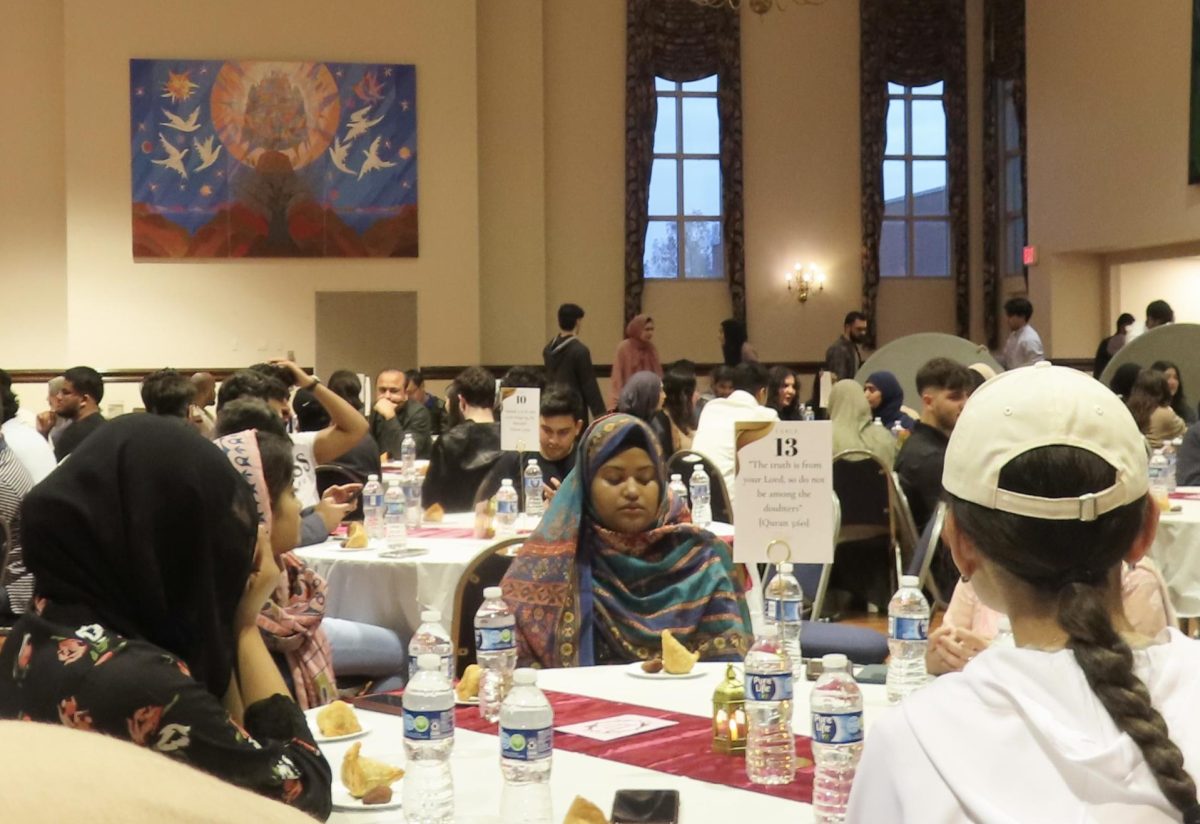Medical researchers at Saint Louis University’s Health Sciences Center are helping the United States prepare for a possible avian flu pandemic by testing a new avian flu vaccine for children ages 2 to 9.
The tests taking place at SLU are part of a plan from the National Institute of Allergy and Infectious Diseases, a subdivision of the National Institutes of Health. NIAID first tested the avian flu vaccine on adults and is now moving on to other populations.
SLU is one of four vaccine centers nationwide to test the avian flu vaccine on children. One hundred twenty children total will be vaccinated at SLU, the University of Cincinnati Children’s Hospital Medical Center, University of Maryland School of Medicine in Baltimore and the University of California, Los Angeles.
The study uses “a killed flu virus vaccine for the bird flu virus, known as A/H5N1,” according to a University report.
Robert Belshe, M.D., director of the Center for Vaccine Development at SLU, said that A/H5N1 is a “regular” flu vaccine; the study aims to discover the size and frequency of dosage required to combat the avian flu.
“We know how to make a good vaccine for the flu, and the avian flu really isn’t any different,” Belshe said. “These are critically important studies to do at this point [so that] in a pandemic, we would know how to administer the vaccine.”
The avian flu vaccine tests in adults showed that higher doses than those given for the “regular” flu were needed, Belshe said.
Researchers are also assessing the vaccine’s safety and capacity to stimulate children’s antibodies.
Participants will receive two or three doses of the vaccine, or a placebo injection of saltwater.
It is important to have an avian flu vaccine for children, who are particularly vulnerable to the virus, Belshe said.
Avian flu killed 32 people in Asia in 2004 and was most recently detected in Turkey. According to an article in the St. Louis Post-Dispatch, the United Nations health agency in Turkey said that “all but two of the 21 confirmed human cases – have involved children and teens aged 4 to 18.” These new strains of the avian flu that infect humans have not been seen in the United States.
Humans can contract the virus by coming into contact with infected birds; however, many people fear that the virus will mutate and spread from person to person, resulting in a pandemic or “worldwide epidemic,” Belshe said.
The Department of Agriculture has been successful at preventing an outbreak in the United States by culling infected birds from their agricultural flocks, which precludes infection of other farm animals and fowl, Belshe said. He also noted that the United States doesn’t have large live-bird markets like those seen in other countries, which makes an outbreak easier to prevent.
Three flu pandemics have occurred in the last 100 years, in 1918, 1957 and 1968. The 1918 pandemic, which was caused by a mutated avian virus, resulted in almost 40 million deaths worldwide and 500,000 deaths in the United States, according to facts cited in the St. Louis Post-Dispatch.
That mutation took almost 20 years, which indicates that the United States should have ample time to steel itself against the next possible pandemic, Belshe said.









